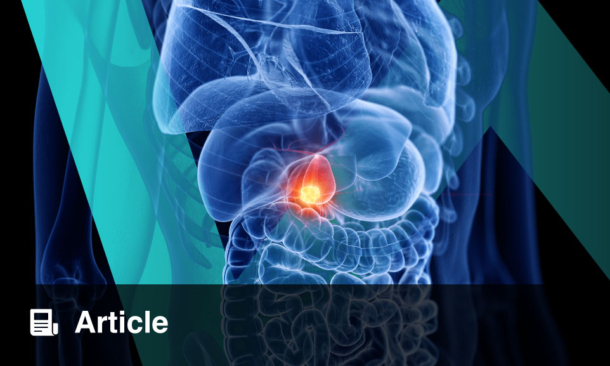RESULTS from a systematic review and meta-analysis conducted at the University of Toronto, Ontario, Canada, have indicated 10 interventions that could improve adenoma detection rate (ADR) during screening-related colonoscopies. Researchers wanted to establish a high-quality evidence base for endoscopists to use when deciding which dimensions to implement for their patients. The main focus was on ADR, which is inversely correlated with post-colonoscopy colorectal cancer and its associated mortality.
The review used data taken from 118 randomised controlled trials that evaluated 36 unique interventions among 93,819 patients (mean age: 60 years) who had undergone a screening-related colonoscopy. Intervention domains included: periprocedural parameters, endoscopist interventions, intraprocedural techniques, endoscopic technologies, disposable assistive devices, and additive substances. Alongside ADR, researchers also evaluated polyp detection rate, advanced ADR, sessile serrated ADR, adenomas per colonoscopy, caecal intubation rate, withdrawal time, and adverse events. A Bayesian random-effects model was used for network meta-analysis, and interventions were ranked using surface under the cumulative ranking area curves (SUCRA).
Of the 41 interventions identified, 10 interventions had significant improvement in ADR versus a standard colonoscopy, including dual observation, water exchange, digital image enhanced endoscopy, linked colour imaging, computer-aided detection, endoscopes with reusable balloons, distal attachment devices, mucosal exposure devices, and oral methylene blue.
For endoscopic techniques, digital image enhanced endoscopy (SUCRA: 0.95), linked colour imaging (SUCRA: 0.80), and computer-aided detection (SUCRA: 0.78) were found to be the most effective, increasing ADR by 11.8%, 10.3%, and 7.4%, respectively. In the intraprocedural techniques domain, dual observation (SUCRA: 0.84) and water exchange (SUCRA: 0.78) ranked the highest, increasing ADR by 6.3% and 5.9%, respectively.
Oral methylene blue (SUCRA: 0.94) was the most effective in the additive substance domain, and increased ADR by 8.6%. Endoscopes with reusable balloons (SUCRA: 0.86), mucosal exposure devices (SUCRA: 0.77), and distal attachment devices (SUCRA: 0.82) were the highest ranked in the disposable devices domain, increasing ADR by 12.7%, 10.5%, and 10.1%, respectively.
The authors noted they were hopeful that once published, this review would help endoscopists make decisions about which technologies to use, and provide good quality evidence to make guidelines regarding colonoscopies.








